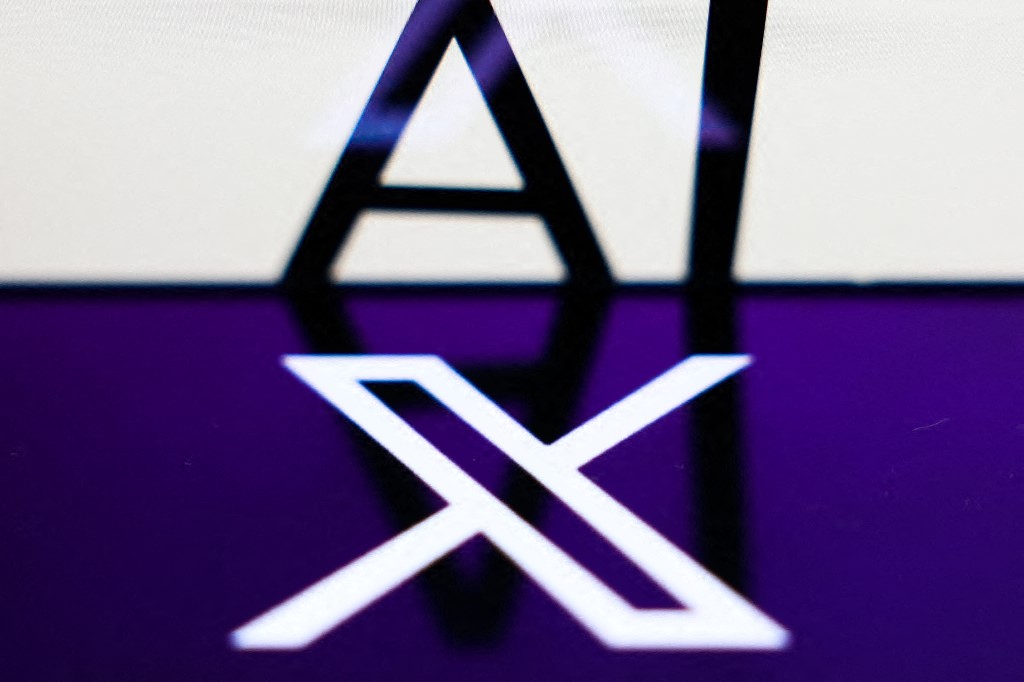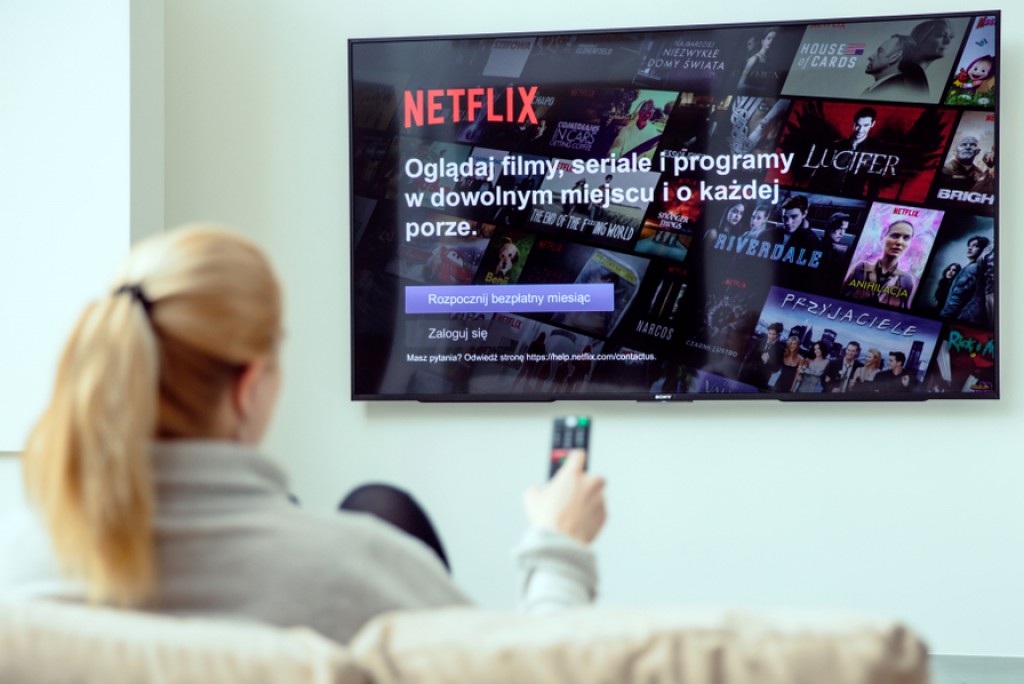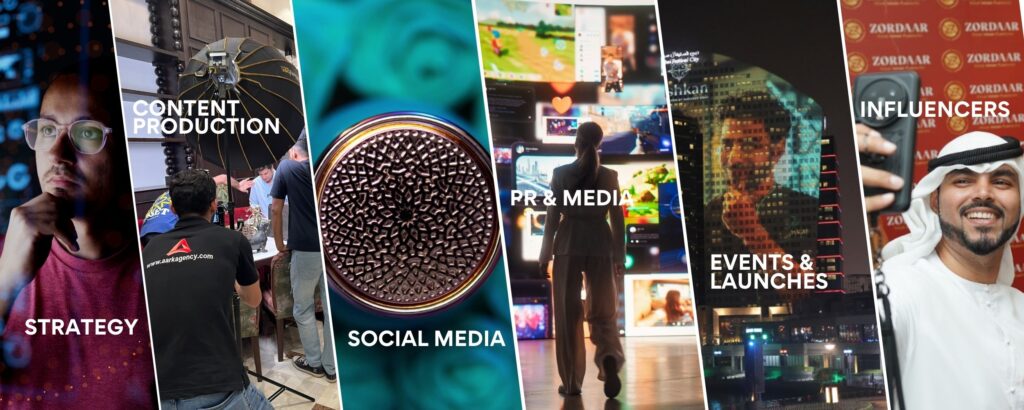TJ Lightwala, head of Future Adaptive Specialist Team (FAST) and Performance, Mindshare MENA, lists the keys steps to take on the set-up of Dynamic Creative Optimization (DCO) with programmatic
- Streamline the workflow with your creative agency and production agency in terms of who’s going to own each stage of the process. It’s about overall efficiencies creation in both set up and amplification through automation.
- Choose the appropriate creative optimization technology, be it Double Click, LemonPi, or the likes of Sponge cell and Celtra. This is important, as the very crux of dynamic creatives is to manage several campaigns simultaneously as part of a single test rather than manual set up of each separate test. Therefore, the role of the automated creative technology is a must.
- Create a decision tree map to help all parties, especially the advertiser, understand the data and programmatic rules that will be triggered against each creative unit and signals. A decision tree uses the IF/THEN logic to decide which creative to show the viewer.
- Establish the use cases of Dynamic Creative Optimization within the scope of the brand KPIs
- DCO can help pull dynamic elements like travel booking, weather data, social media feeds, time of the day, and hence automate those elements with the creative display unit.
- Sequential messaging aligned with the consumer journey with pre-defined sequence of communications, and calls to action as determined by the conversion process. Very common amongst automotive advertisers, addressing the segment, then invitation to the 360 views of the car configurator and then followed by a test drive.
- Integrating the CRM, into customer remarketing and prospect communications, is one of the most useful cases of the dynamic personalization. For instance, an Adventure HQ loyalty card holder is served up different messaging based on his sports interests, versus the prospect base not exposed to the brand and its sporting experiences.
- The use of artificial intelligence in programmatic though not discussed widely is the most direct benefit of using AI in advertising as it allows the brands to drive personalized messaging, through constant learning that is taking place with the algorithms. This tactic is impactful for always-on mechanics when the AI considers top performing products, to provide related product recommendations that will ultimately help the viewer to take the best action.
- Invest in a creative technology that strategically webs the creative elements with data-driven outcomes, powering up the data and creative story for the project and brand.
This by no means is a comprehensive list of steps in thinking about dynamic personalization in messaging, but offers a guideline in how clients could foster an evergreen approach to fresh content based on personalized pathways and consumer moments especially as AI becomes more mainstream.






